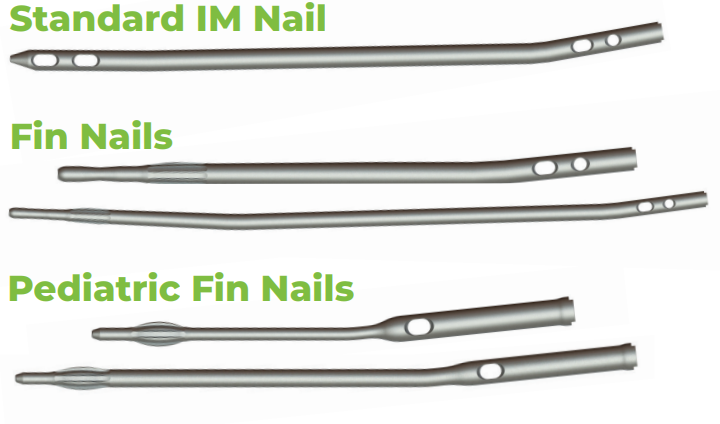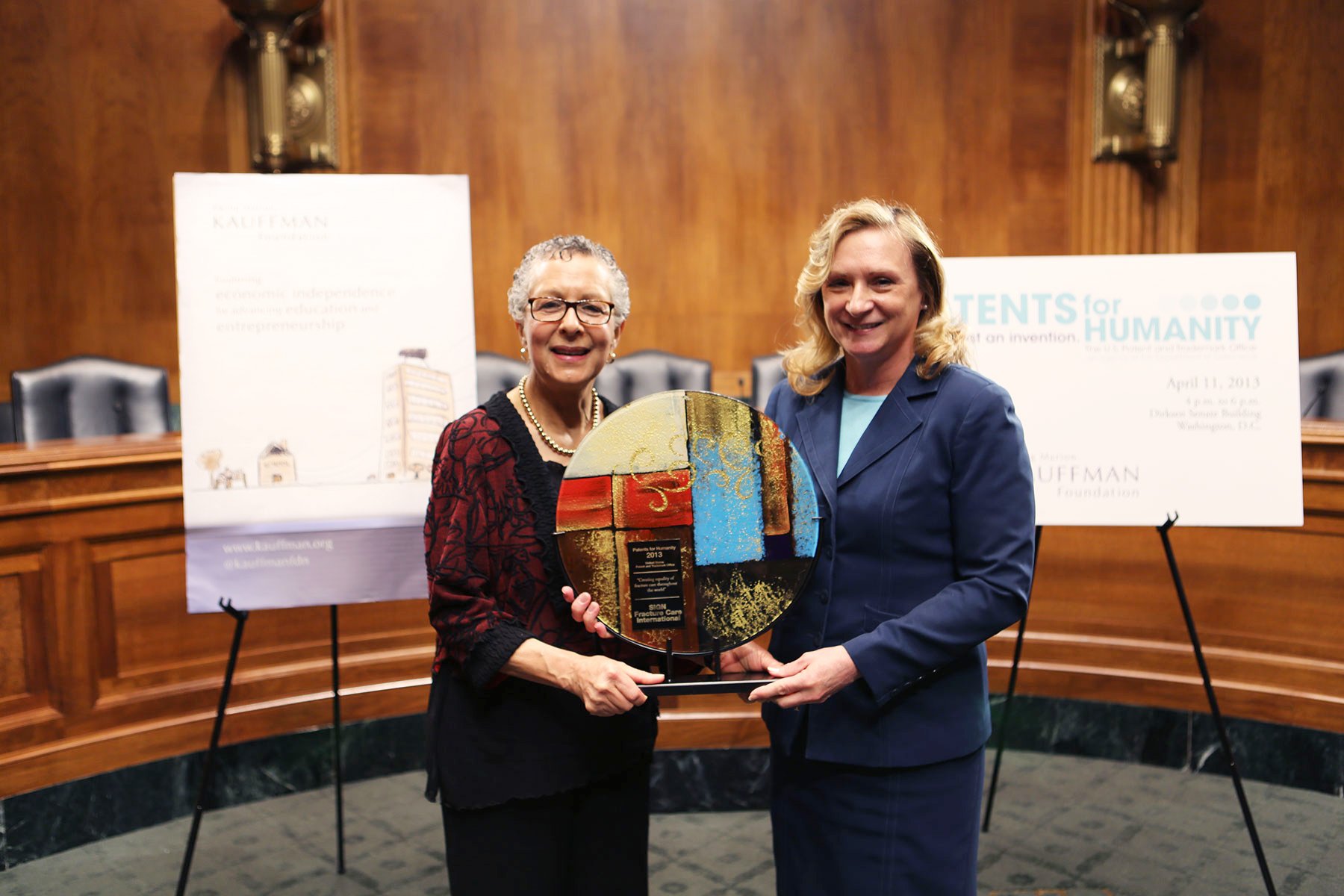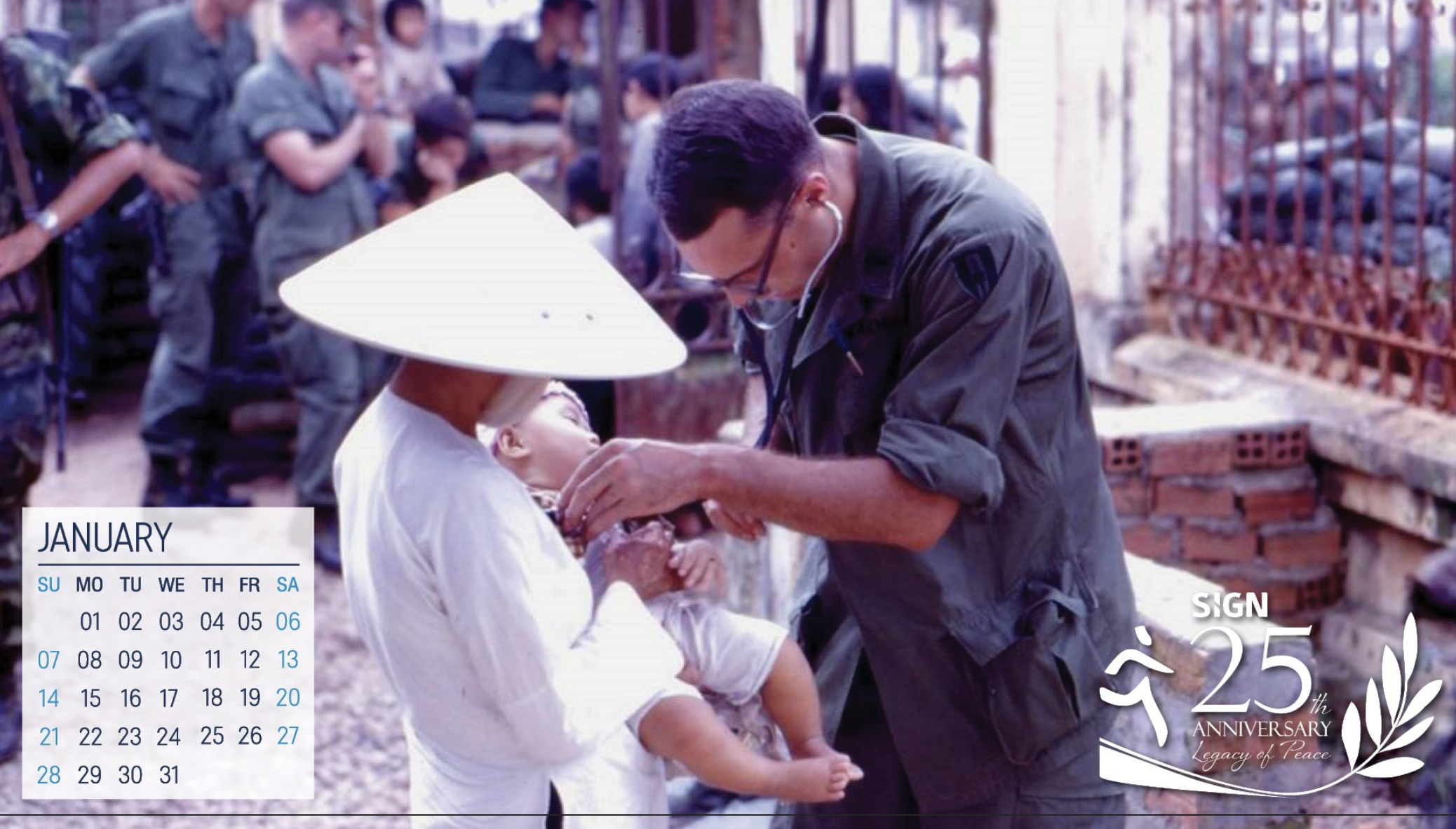SIGN Nails 101: Manufacturing Hope
By Ryan Smith, SIGN Communications Lead
Intramedullary (IM) Nailing underwent many designs and iterations during the 20th Century. Some of the first steel IM Nails were used to treat battlefield casualties from the First World War. The next 80 years of development built upon previous designs, culminating with the modern IM Nail implanted using C-arm instant imaging. However, these technological advancements made modern IM Nailing exclusive to high-income countries. People in low- and middle-income countries (LMIC) don’t have the same access to hospitals, orthopaedic specialists, and implants needed to care for fractures.
SIGN Engineers have developed innovative solutions to make orthopaedic care accessible to patients in LMIC. The SIGN Nail is a solid stainless-steel rod that is inserted into the bone canal of a fractured long bone, then held in place by interlocking screws to stabilize the bone and enable healing. SIGN Surgeons use a Target Arm and Slot Finder to locate the distal slot in the nail and insert the interlocking screws using tactile feedback, rather than relying on C-arm imaging.
The nail aligns bone fragments so they heal in the proper position. Screws hold the construct together and prevent rotation, so bone fragments stay in contact with each other and heal quickly, securely, and correctly. Together, they provide support for the patient’s limb so they can walk the day after surgery while the bone heals.
Dr. Jessica Hirschhorn accepted the Patents for Humanity Award on behalf of SIGN Fracture Care International in 2013.
We have continued to innovate on the design, including developing SIGN Fin Nails, which use fins, or ridges, on the distal end of the nail to secure itself in the bone canal. This means the surgery takes less time because placing the distal interlocking screws—the most difficult and time-consuming part of SIGN Surgery—is no longer necessary.
The SIGN Pediatric Fin Nail is derived from the Fin Nail and is used exclusively in young patients. The Pediatric Fin Nail interlock bypasses bone growth plates and the fins allow the implant to slide inside the bone canal, so it does not inhibit growth.
SIGN holds US Patents to protect intellectual property and ensure the continuation of quality fracture care for people in need. SIGN’s first patent was a joint filing in 2004 for the Standard Nail and the Fin Nail. Approval from the US Patent Office came in 2006. In 2013, the US Patent Office presented SIGN with the Patents for Humanity Award for providing healing care to people in LMIC.
We hope you enjoy this journey back through SIGN’s history. As we move through 2024, there will be a historical highlight in each newsletter, bonus email messages, and social media posts. If there is something you are interested in learning more about, please email us at info@signfracturecare.org
In honor of SIGN's 25 years of healing, would you consider making a monthly gift of $25 or more?
Check the "Monthly" box and type in your gift amount on the donation form.
Discover more!
Throughout the year, remember your support of SIGN with background images for your computer or phone.
Discover events that shaped SIGN in a historical timeline.



